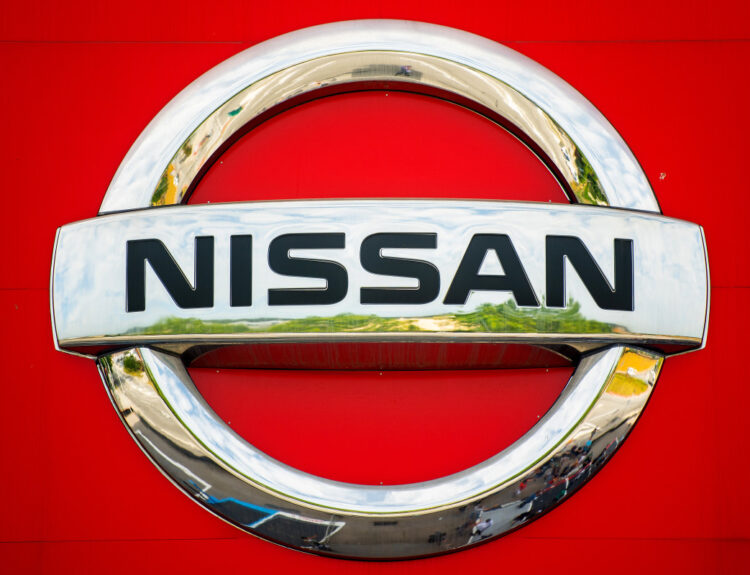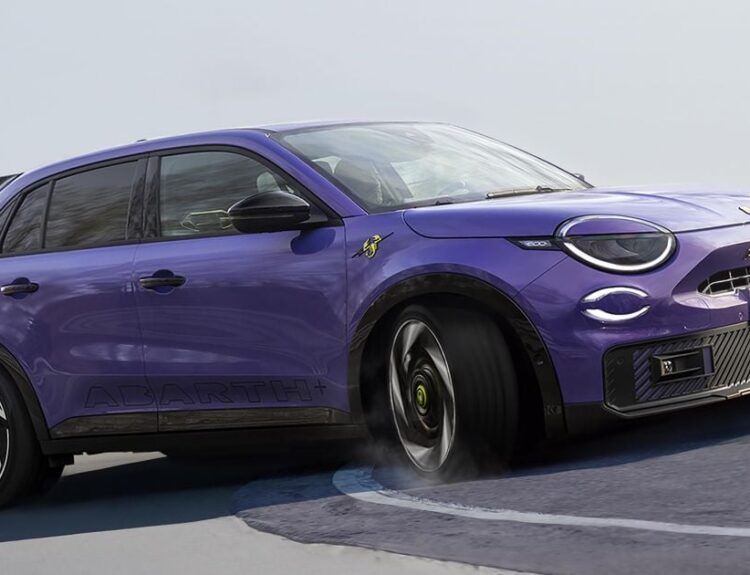The Mitsubishi Eclipse Cross holds the distinction of being the first plug-in hybrid electric vehicle (PHEV) within the compact SUV segment, underscoring its significance in the Australian automotive landscape.
Though the decision to revive a historically sporty nameplate for this crossover may be seen as contentious, Mitsubishi has successfully carved out a niche for the Eclipse Cross with a commendable formula.
As the MG HS Plus EV takes a pause in anticipation of its mid-sized PHEV SUV successor, Mitsubishi finds itself largely solitary in the realm of affordable plug-in hybrid SUVs. Nevertheless, it faces an increasingly competitive landscape from other automakers offering compelling alternatives.
Mitsubishi’s larger Outlander PHEV has evolved over time to become a robust choice, albeit at a higher price point. In contrast, the Eclipse Cross remains mostly unchanged since its debut in 2018, save for minor facelifts that have left its interior feeling somewhat outdated by today’s standards.
Video Review: Paul’s Assessment of the 2022 Mitsubishi Eclipse Cross PHEV
The Acura Eclipse Cross PHEV Aspire variant under review here represents the entry point into the $50,000-plus market, yet it is burdened by limited features that are often reserved for top-tier options. This positioning puts it at odds with a plethora of non-hybrid SUVs from other established Japanese manufacturers, especially with the anticipated arrival of the next-generation MG HS PHEV on the horizon.
However, for consumers seeking plug-in hybrid SUVs, the Eclipse Cross remains a viable option, especially when tax incentives make its price more palatable—even as its interior invites scrutiny.
So, is the Eclipse Cross PHEV a pragmatic choice in the current market, or has Mitsubishi allowed it to languish too long?
Comparative Landscape for the Mitsubishi Eclipse Cross
Currently, the Eclipse Cross PHEV is available in three variants, with the Aspire positioned as the mid-tier offering.
Pricing Overview (Before On-Road Costs):
- Mitsubishi Eclipse Cross ES FWD: $31,990
- Mitsubishi Eclipse Cross LS FWD: $34,740
- Mitsubishi Eclipse Cross Aspire FWD: $36,990
- Mitsubishi Eclipse Cross PHEV Aspire: $51,740
The Aspire PHEV’s price tag is almost $15,000 higher than its non-hybrid counterpart, yet potential owners could realize significant savings through novated leases, especially considering the Fringe Benefits Tax exemption applicable until April 1, 2025.
At present, the Eclipse Cross PHEV enjoys a unique position in the market, devoid of direct budget competitors, although that landscape is set to shift with the arrival of the new MG HS PHEV in 2025.
Interior Experience of the Mitsubishi Eclipse Cross
Stepping inside the Eclipse Cross, its age becomes immediately apparent. The interior, though adorned with higher-quality materials in the Aspire variant, predominantly reflects a design ethos that feels outdated.
The infotainment system, anchored by a relatively diminutive 8.0-inch screen, appears antiquated compared to rivals, awkwardly protruding from the dashboard. While the system is user-friendly, its graphics and resolution are decidedly less impressive.
Despite its shortcomings, there is an appreciation for the blend of touchscreen and physical controls, which simplify navigation. However, the presence of dated materials—like hard plastics and questionable faux carbon-fiber accents—detracts from an otherwise functional design.
While the cabin is user-friendly for those transitioning from older vehicles, it struggles to compete with the more streamlined setups found in newer models. Its climate control interface remains intuitive, reflecting an era when physical buttons were the norm rather than the exception.
The backseat experience offers ample space and comfort, but amenities are limited. Rear passengers are greeted with only basic features and a lack of air vents, which could dampen longer journeys.
Practicality and Storage
The Eclipse Cross boasts a functional cargo area, though its dimensions fall short when compared with rivals like the Volkswagen T-Roc and Nissan Qashqai. The vehicle’s sloping roofline impacts vertical storage space, yet the flat loading floor remains advantageous.
Importantly, the lack of a power tailgate in the Aspire PHEV variant feels like a missed opportunity for a model positioned just below the top tier.
Performance and Driving Dynamics
Equipped with a 2.4-liter naturally aspirated petrol engine and dual electric motors, the Eclipse Cross PHEV serves as an effective small SUV, even if it doesn’t completely embody the typical driving experience associated with that classification.
Weighing in at nearly two tons, the Eclipse Cross PHEV demonstrates a stable ride. However, the added mass does affect handling dynamics, leaving it feeling less agile than some of its competitors. Still, its ride quality manages to balance comfort and control adequately.
Though the 55km electric-only range may not be extensive, it positions the Eclipse Cross PHEV as an appealing option for urban commuters who can maximize their EV-driving potential. Furthermore, Mitsubishi’s existing PHEV technology underpins this model’s reliability without pushing the budget envelope of buyers.
The Eclipse Cross PHEV provides a solid, user-friendly driving experience, particularly in city environments, where it demonstrates surprising fuel efficiency.
Verdict on the Mitsubishi Eclipse Cross PHEV Aspire
In conclusion, while the Mitsubishi Eclipse Cross PHEV Aspire fulfills its purpose as a reliable small SUV, its outdated interior and competitive landscape present challenges. With an upcoming influx of rivals, including the MG HS PHEV, Mitsubishi will need to consider revitalizing the Eclipse Cross or risk losing its foothold in the burgeoning PHEV market that increasingly caters to savvy urban drivers.
For those contemplating a purchase, exploring offers from trusted dealers may yield favorable results.
Explore More: Detailed Insights on the Mitsubishi Eclipse Cross
Source:www.carexpert.com.au






